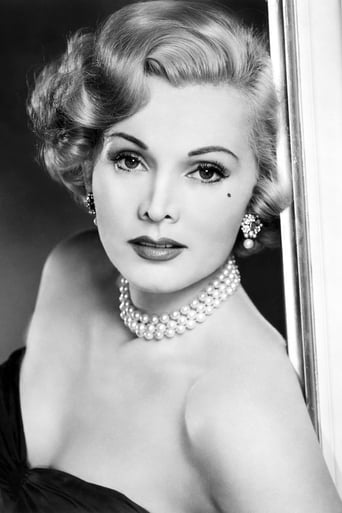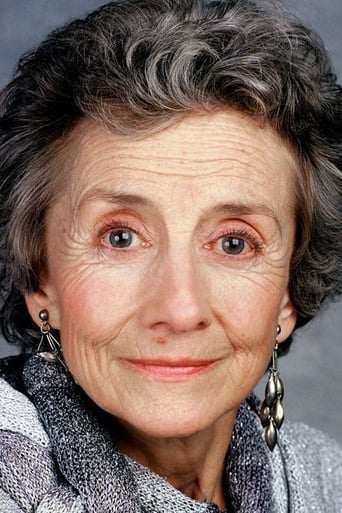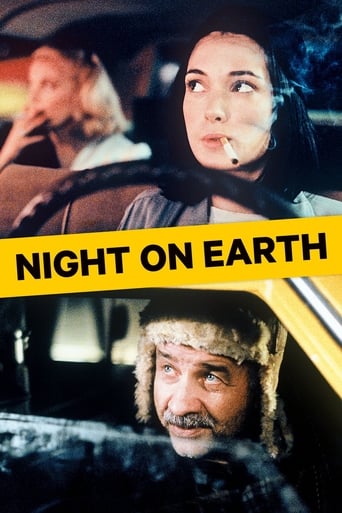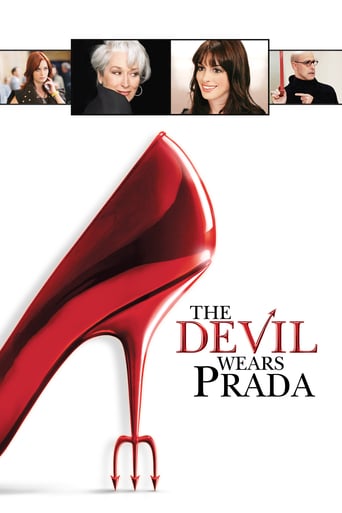Moulin Rouge (1952)
Born into aristocracy, Toulouse-Lautrec moves to Paris to pursue his art as he hangs out at the Moulin Rouge where he feels like he fits in being a misfit among other misfits. Yet, because of the deformity of his legs from an accident, he believes he is never destined to experience the true love of a woman. But that lack of love in his life may change as he meets two women
Watch Trailer
Cast
Similar titles

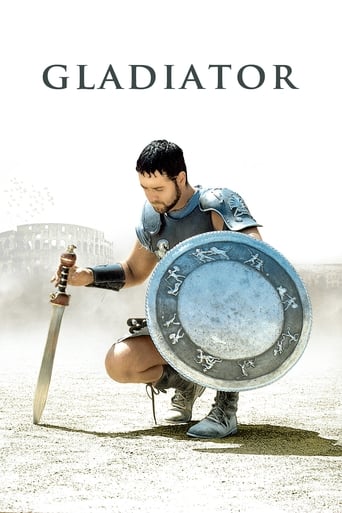
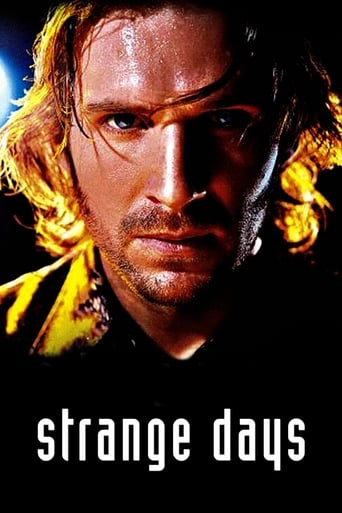
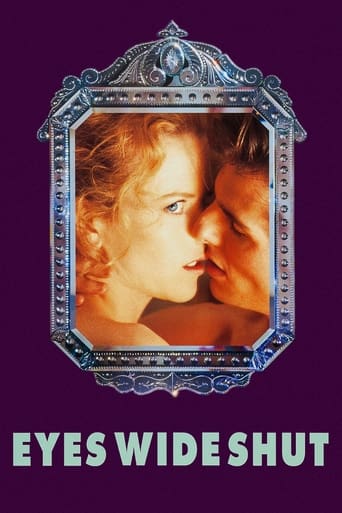
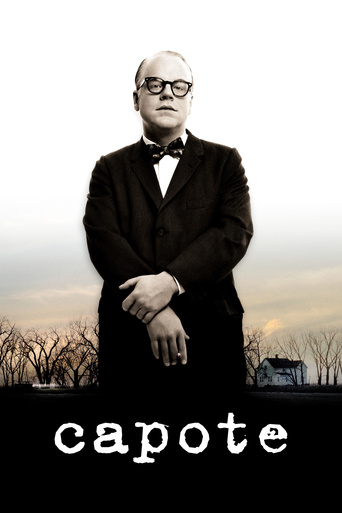
Reviews
Absolutely the worst movie.
if their story seems completely bonkers, almost like a feverish work of fiction, you ain't heard nothing yet.
All of these films share one commonality, that being a kind of emotional center that humanizes a cast of monsters.
The movie really just wants to entertain people.
MOULIN ROUGE is an engaging and well-realised biopic of the French artist Henri de Toulouse-Lautrec, directed by John Huston with skill and panache. It's a somewhat slow-moving mood piece that aims to depict a slice of life at tail of the 19th century in vivid and vibrant Paris, and it does that in spades.Tall actor Jose Ferrer plays the main role. Toulouse-Lautrec was a short guy in real life, so special effects are called into play to make Ferrer seem short. Sometimes he's doubled, sometimes he walks on his knees. It's a physical transformation worthy of the great Lon Chaney and Ferrer shines in the part, bringing the tortured artist soul to life in a believable way.The rest of the film can be slow in paces but there's always something visually interesting taking place to keep it moving. The cast is full of larger than life figures, none more so than Zsa Zsa Gabor as a flamboyant dancer. The scenes at the Moulin Rouge are particularly well-staged aside from the guy with the distracting fake nose and chin, but then he's used to tie in to the artist's famous silhouette. A regular run of familiar faces including Eric Pohlmann, Michael Balfour, Peter Cushing and Christopher Lee helps to retain the interest, and the ending is suitably sombre.
His was a rather short life. He was born in 1864 and died in 1901. But in the 37 years Henri de Toulouse-Lautrec helped change modern painting and advertising illustration, with a vivid but light line and an ability to capture movement. One of the best remembered Post-Impressionists, he managed to be the one to best illustrate the fin-de-siec age of Paris in the 1890s. While Monet and Van Gogh concentrated on the countryside, and Gaughin took his genius into the colors of the tropics, Toulouse-Lautrec concentrated on the theaters, dance halls (such as Moulin Rouge) and racetracks that the society of Paris frequented (the same society that would be shown in Vincent Minelli's GIGI six years after this film was made).It is hard to find a really dramatic story about most great artists. LUST FOR LIFE (dealing with Van Gogh) dealt with that artist's failure to find any responding human being to his affections and search for purity. It also dealt with his descent into madness and suicide. REMBRANDT followed the 17th Century master into his years when his artistic ability was misunderstood (after he did THE NIGHT WATCH) and he fell into financial difficulties. THE MOON AND SIX PENCE was Somerset Maugham's comment that Gaughin's brilliance as a painter did not mean he was a decent human being (his anglicized version - Strickland - uses people right and left in order to paint). THE NAKED MAJA showed Goya to be a man having to navigate his way through a corrupt royal court. THE AGONY AND THE ECSTASY shows how a titan in art (Michaelangelo) painted his masterpiece (The Sistine Chapel) despite his personal war with an equally determined Pope Julius II.The story in MOULIN ROUGE is how Henri de Toulouse-Lautrec had everything (talent, money, aristocratic position) but had nothing. For due to an accident in his teenage years, Henri fell down a stairs and broke his two legs. His parents were cousins, so genetically his bones could not knit properly: He became a dwarf. He could perform as well as a full grown man, but he looked the size of a top-heavy child complete with mustache and beard, and pince-nez eyeglasses. He could not attract women the normal way (we see his teenage female friend reject him when he offers himself to her). So he moves into the bohemian center of Paris, and starts painting. Unlike his fellow Post impressionists, Toulouse actually had money, so he never suffered for lack of rent or for no food or torn clothes (like Van Gogh and Gaughin occasionally did). But his loneliness, and apparent helplessness led to his becoming an alcoholic, in particular of the then popular but dangerous drink absinthe.The subject matter of this film happened to get the right director. John Huston was usually seen as dealing with grittier and more adventuresome material (like THE TREASURE OF SIERRA MADRES). But Huston actually was very interested in art, and his use of color and casting is almost flawless here, choosing supporting players who literally look like Toulouse' poster drawings of them dancing the "can can" and other popular dances of the day. So is the choice of Jose Ferrer as Toulouse. Although the dwarf was half Ferrer's height, special braces were used to enable Ferrer to walk "normally" like his real life counterpart. It must have been painful but Ferrer never bats an eyelash.Ferrer's turmoil deals with the women in his life. He is known to the cast of dancers and singers at Moulin Rouge (led by Zsa Zsz Gabor as the resident chanteuse, who sings the theme song of the film, "Where Is Your Heart"). We see him meet a prostitute, who briefly lives with him, but cannot live with him or without him (she sees he is a good, kind man who can provide for her, but he is a dwarf). They split up twice in the film (he seeks her out and finds her in a more natural milieu in the gutter). This almost breaks him but he recovers, and his most creative years follow. Then he meets a more acceptable woman (Suzanne Flon) whose genuine friendship and affection he fails to recognize until it is too late. Ferrer also played the artist's father, a man who fails to realize just what an amazing son he produced.It was a first rate production and Ferrer got another nomination for best actor. It remains a good biography of a great artist, and one that is as pleasing to the eye as LUST FOR LIFE. It would not be amiss if both films were shown in tandem by some film society or other.
A part from the astonishing atmosphere rendered here, what would the real Toulouse-Lautrec think about being a movie star ?He was a only little known at his time, living in the creepy Montmartre of the end of 19th century. Montmartre was a bad suburb of Paris then, not only "popular", but inhabited by the poorest people living in slums, rejected or even hiding from the police. As it seems these people new about partying though, and Toulouse-Lautrec the cripple wanted to have fun ! Spending his time in places that were absolutely not suitable like the famous Moulin Rouge cabaret. Movie itself was just about to be invented. ( by two brothers: "les frères Lumière", who were closer to the "good" society of Paris)Why is the man of the brothels as great as Louis VIX the sun king or Napoleon in our cultural memory ?.(all three were very small)....Here we are facing the point that is involved by this movie: This little man, was not pretending anything, just showed us how to be simple, and glorified simple people through his art. John Hudson understands this very early, utilizing his art to glorify a man who once glorified mankind.
I can't believe a director as talented as John Huston, following up "African Queen" and other successes, would pick such an inexperienced, untested, untrained actress(?) as Zsa Zsa Gabor for this major role. Zsa Zsa through out her career, was just an interesting character, popular more for her accent then her acting ability.Others have stated that Huston was unkind, if not abusive to her on the set, so why didn't he just replace her?Zsa Zsa has no other film credit of any note before or since. She could have gone on "What's My Line" before 1952 with a not blindfolded panel and no one would dare guess what her line was, because the word couldn't be mentioned on the air. What a stupid way to say I think she was a prostitute before she was an actress or in other words, Huston hired a prostitute, to play a prostitute.I do give her credit, she made more out of a sexy voice, etc., than almost anyone in Hollywood.Jose Ferrer received an Oscar nomination for literally stumbling thru his role as Henri de Toulouse-Lautrec. Not unlike George Clooney's nomination for his uneven performance this past year (2007) for "Michael Clayton".I loved "Moulin Rouge when I was 12 and it first came out in 1952. I can't stand it now. I agree with most of the other comments, especially that the costume and set decorations (both received Oscars) still give you the feeling of a bawdy Paris nightclub at the turn of the century. The dance sequences are excellent on every levelThe filming and technical accomplishments (camera angles) and the hazed look to the nightclub, show Huston at his best, and in some respects, this is a break thru for the film industry for 1952. I would guess that Huston rushed this film to completion and release on Dec 23, 1952 so that it would qualify for Oscar nominations that year. There can be almost no other excuse for the horrible lip sync problems especially with Zsa Zsa. You might think they were trying to sync her up saying her lines in Hungarian, with the English equivalents. Its sad that several other Hollywood films have fallen victim to this rush to release and terrible dubbing.Like so many movies that must draw you into the film, this one does not translate well to the small screen.Still haunting to listen too after all these years is the title song performed by Felicia Sanders with the Percy Faith orchestra, which is not in the movie.I hope I can post this without assigning a value, because at some times in my life and at some points of this uneven film its a "10" while at others its a "2"The above are just my opinions, that I know no one will agree with, however that's the only reason I write on IMDb, to be disagreeable.You have to realize I am a split personality, one crazy, the other just rude and insensitive. Why else would I see both Michael Clayton (theatre) and later Moulin Rouge (TV) on the same day and feel the need to comment on both.It is 1/26/09 and I am aware of Zsa Zsa loses at the hands of Bernard Madoff, which I find truly tragic and unfair to her. Since my opinions above maybe also viewed as unfair, unkind and untrue, I withdrawn them, but I'm not going to erase them. If I erase them no one will know "I'm Still Crazy After All These Years"





